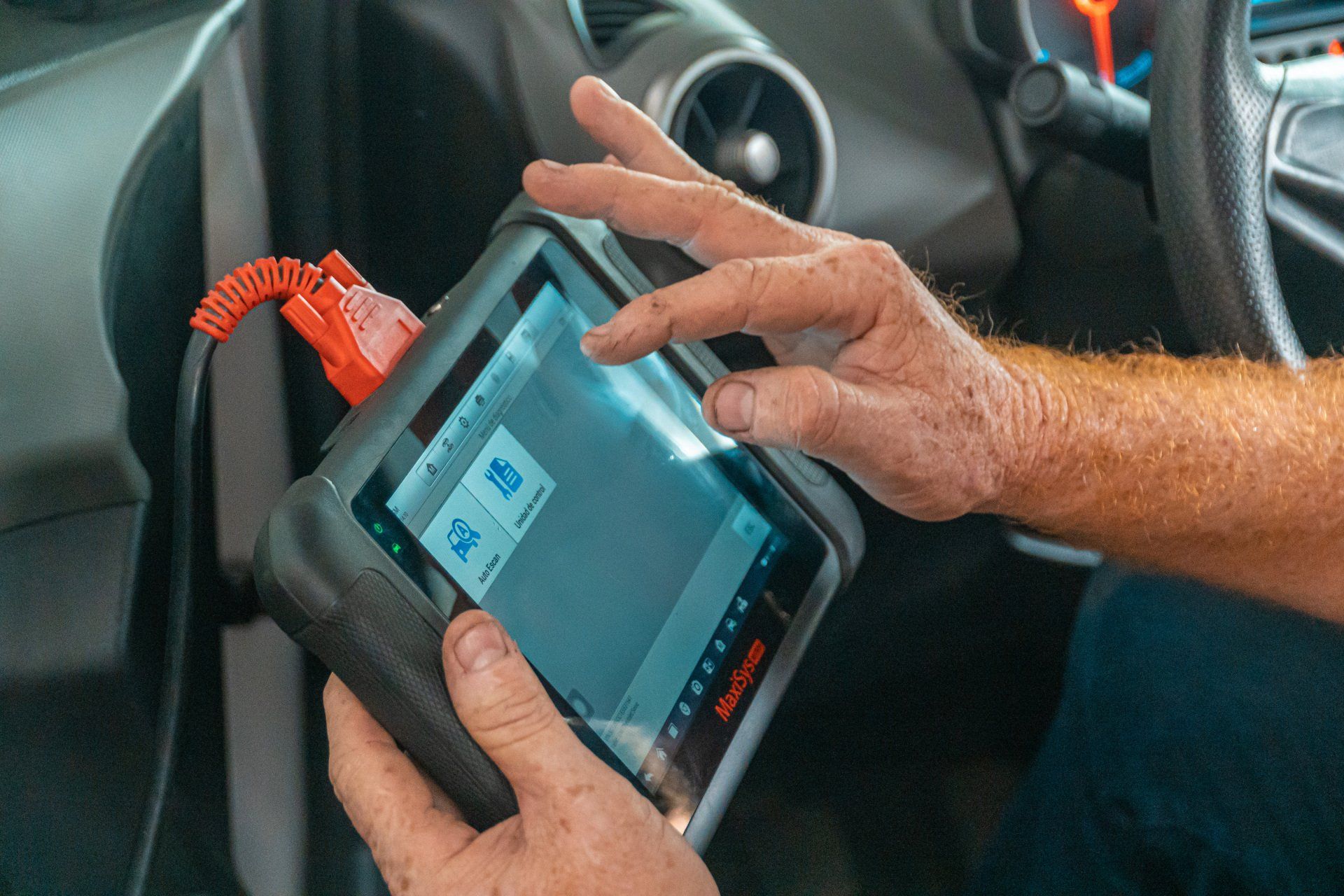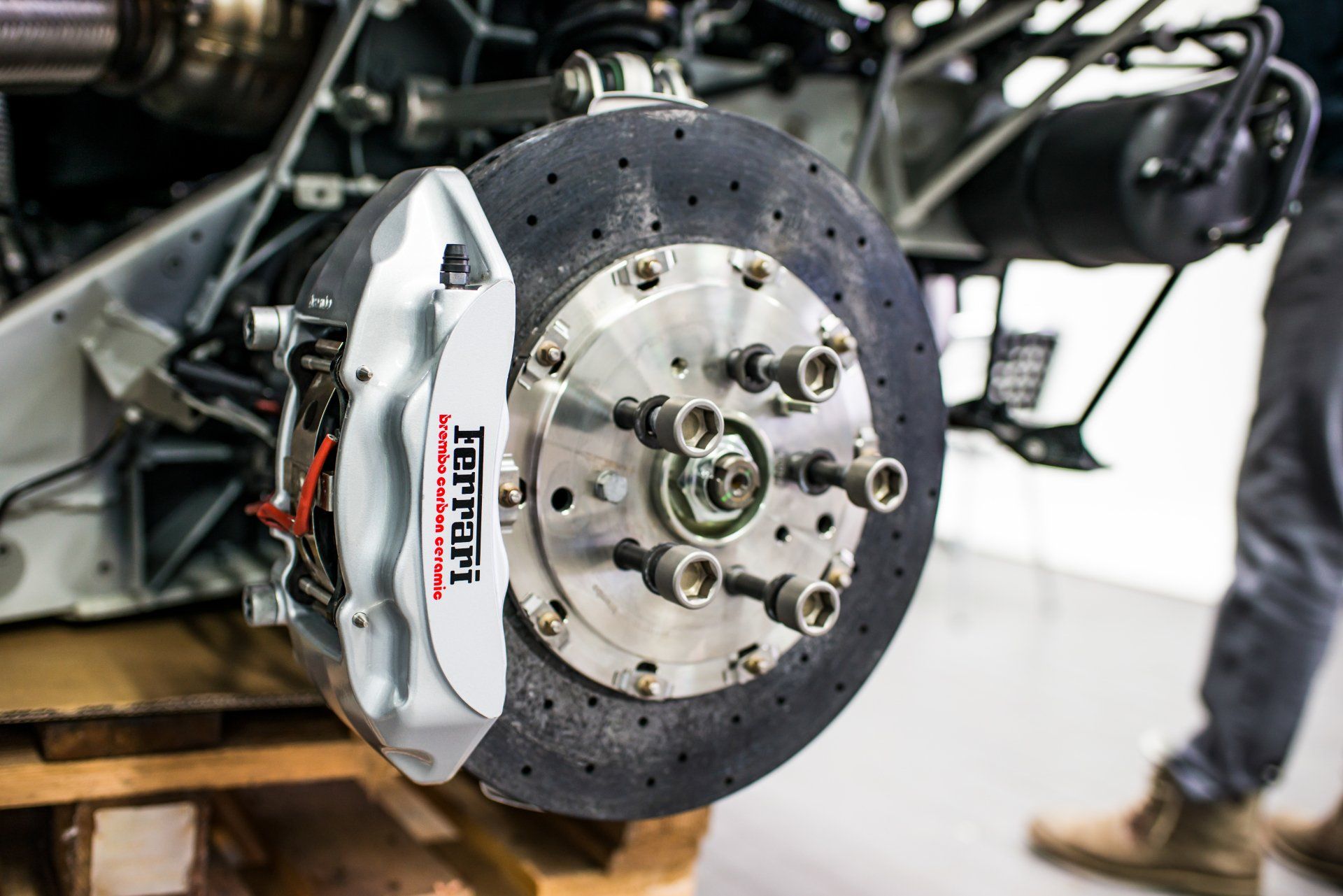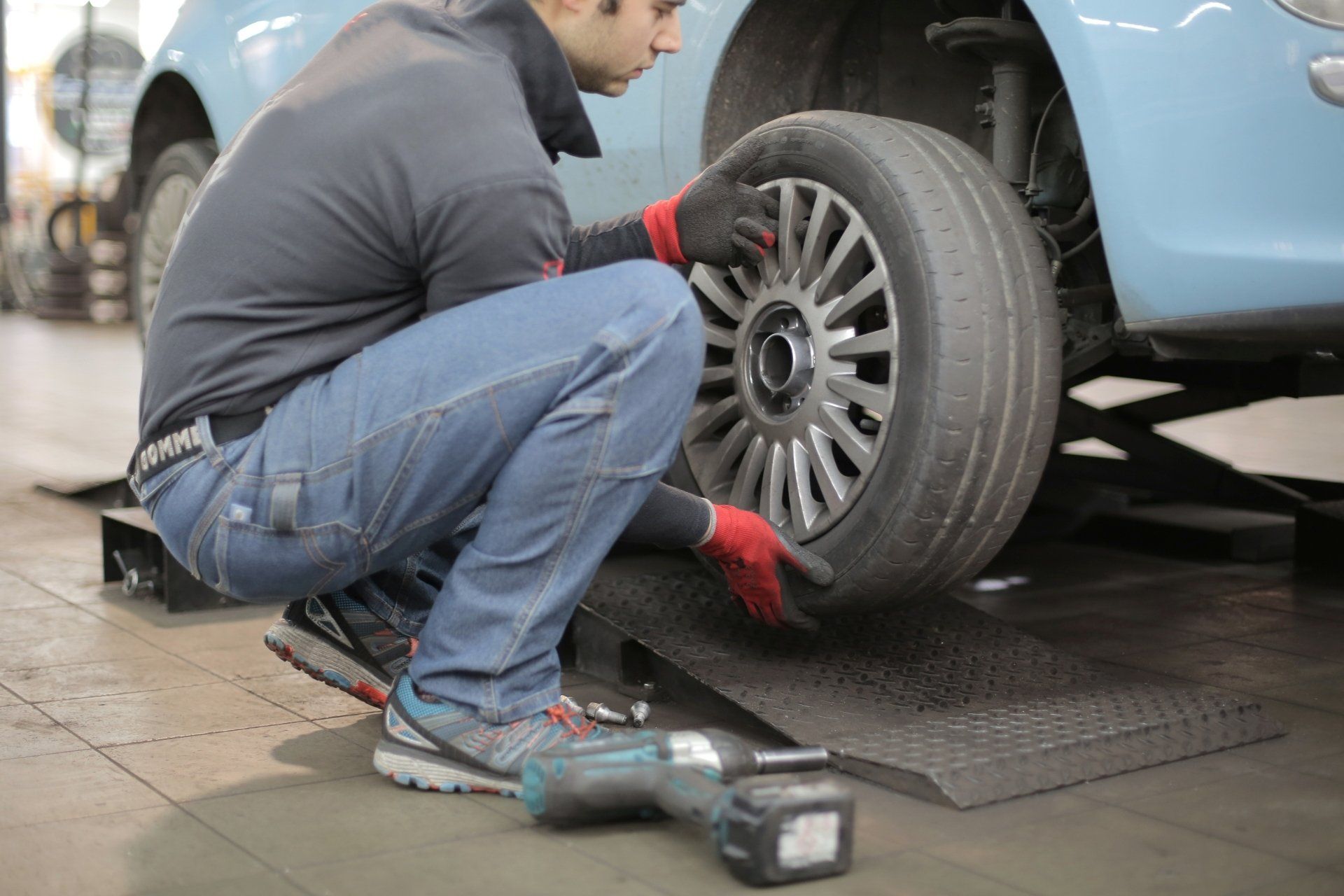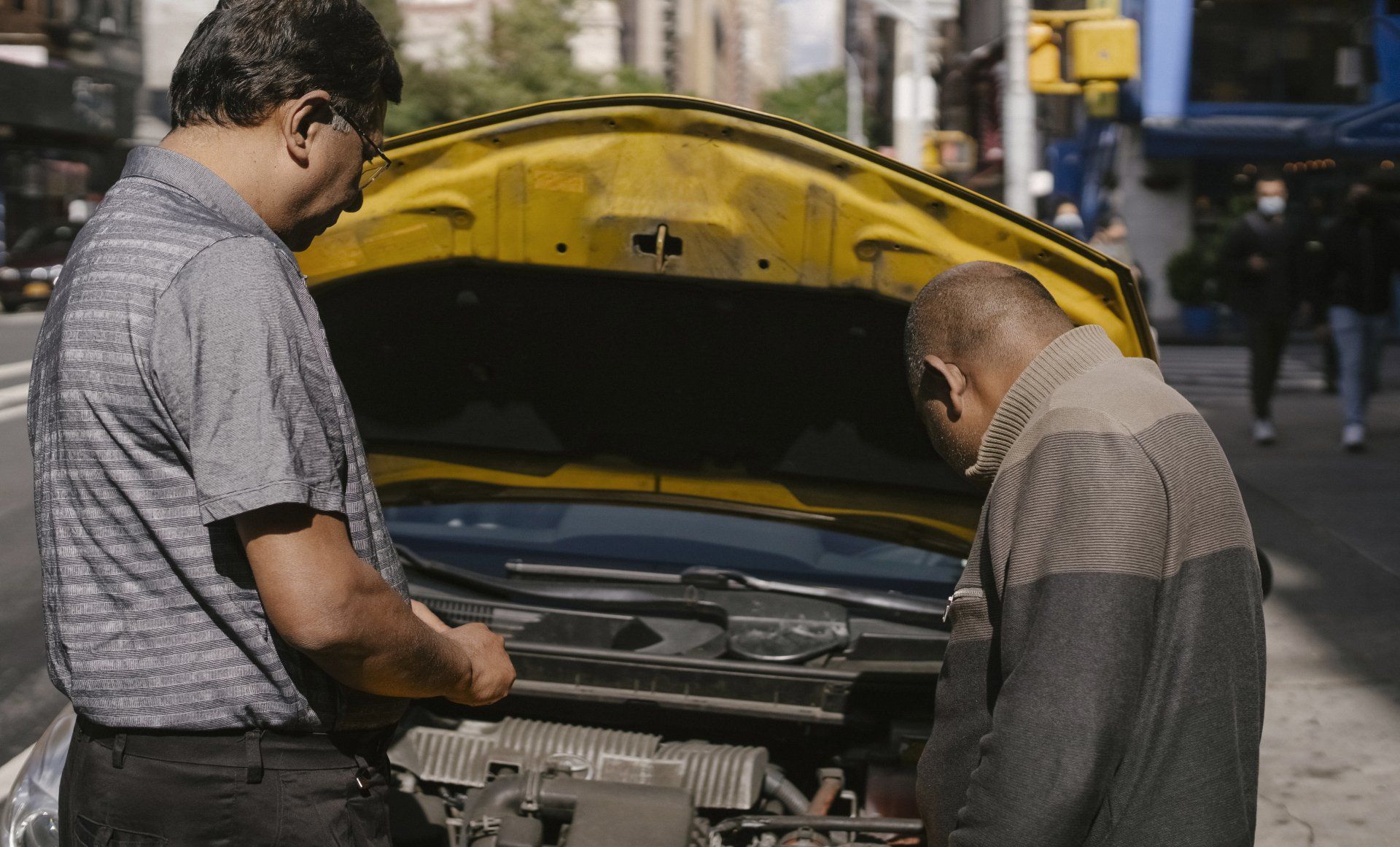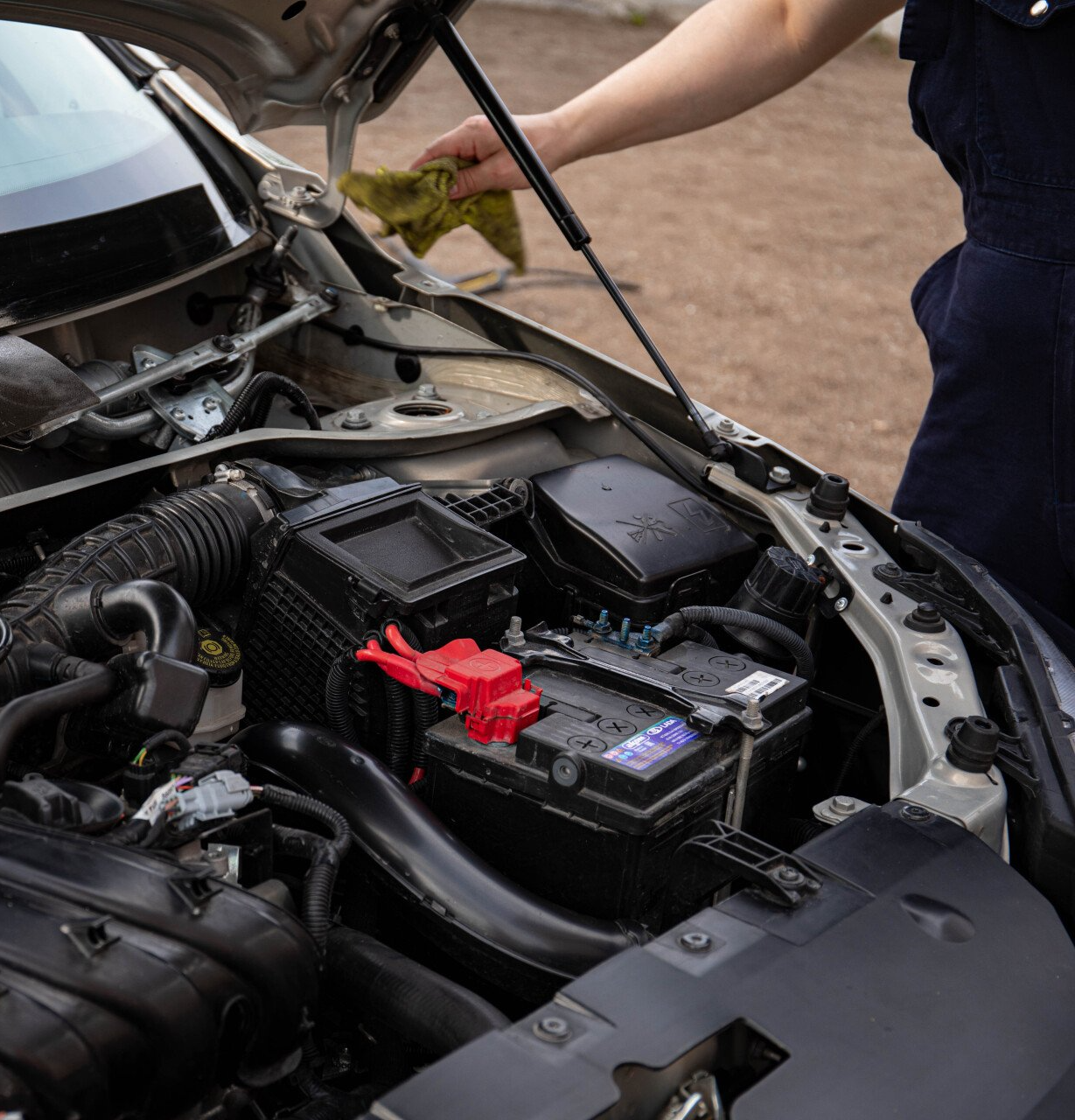Why Is My Check Engine Light On?
When My Check Engine Light Comes On?
The Check Engine light can be illuminated for a variety of reasons in your vehicle. It serves as a warning indicator that something is amiss within your car's systems. Common reasons for the Check Engine light to come on might be as simple as a loose cap and as complicated as ignition system problems. It's important to note that the Check Engine light doesn't necessarily mean a critical problem with your vehicle, That's what makes a diagnosis so important; if you can identify the problem then you will know what is wrong with the vehicle and when to take care of your Check Engine light that is most convenient for you.
But what do you do when the Check Engine light is on but the car seems to be running fine?
Even if the car appears to be running fine, it's advisable to have a professional mechanic inspect your vehicle. They have the expertise to identify potential underlying issues that may not be immediately apparent. They can also perform more comprehensive diagnostics to rule out any hidden problems.
List of Services
-
Potential Performance IssuesItem Link List Item 1
Learn more about what could be effecting your vehicles performance.
-
Safety 101Item Link List Item 2
In some cases, the Check Engine light may indicate a problem with critical systems such as the braking, steering, or engine performance.
-
Diagnostic ChallengesItem Link List Item 3
Understanding the difficulties with pinpointing the exact problem.
-
Thinking Long Term
Why ignoring the Check Engine light can result in more severe issues over time.
-
FAQ With Check Engine LightsItem Link List Item 4
Gerneral questions with Check Engine lights.
Why Wont My Check Engine Light Turn Off?
There may be a number of reasons as to why your Check Engine light is remaining on.
Below is a list you need to get a diagnosis.
What Diagnosis Does For A Check Engine Light:
- Identifies The Specific Issue Causing The Check Engine Light To Come On
- Enables Efficient & Effective Repairs
- Confirms The Issue
- May Reveal Hidden Problems That Aren't Immediately Apparent
- An Expert Opinion

Appropriate Resolution For Your Check Engine Light:
To accurately determine why the Check Engine light is not turning off, it is recommended to perform a proper diagnostic check using a professional diagnostic tool to retrieve the trouble codes and identify the underlying problem. Seeking assistance from a qualified mechanic or automotive technician is advisable for an accurate diagnosis.
Check Engine Lights?
The Check Engine light can be triggered by a wide range of potential issues in a vehicle. Universal consistence of mandate government regulation ensures that vehicles contain some sort of warning system.
Aspects Of Check Engine Lights:
- Multifunctional Indicator monitors the engine, the Check Engine light actually serves as a general indicator for various systems in the vehicle. It can illuminate for issues related to the engine, transmission, exhaust, fuel system, emissions, and more.
- Diagnostic Codes When the Check Engine light comes on, generates diagnostic trouble codes (DTCs) that can be read using a specialized scan tool. These codes provide specific information about the nature of the problem, helping technicians diagnose and repair the issue more efficiently.
- Minor Issues Not all Check Engine light activations indicate major problems. In some cases, it can be triggered by minor issues such as a loose gas cap or a faulty sensor. It's essential not to ignore the light, as even seemingly insignificant problems can escalate if left unaddressed.
- Malfunction Indicator Lamp (MIL) Is sometimes what the Check Engine light is referred to as the Malfunction. It serves as a visual warning to prompt drivers to seek professional assistance or perform necessary checks on their vehicle.
Driver Safety:
While the Check Engine light can be a source of concern for drivers, it plays a crucial role in identifying and resolving potential issues. It serves as an early warning system, enabling timely repairs and maintenance to keep the vehicle in optimal condition.
Key Points That Outline The Essentials
- Check Gas Cap Start by checking the gas cap to ensure it is tightened properly. A loose or faulty gas cap can trigger the Check Engine light. If the cap is damaged, replace it.
- Basic Inspection Conduct a visual inspection of the vehicle's exterior, including hoses, belts, and connectors. Look for any obvious signs of damage, leaks, or loose connections that could be causing the issue.
- OBD-II Scan Use an OBD-II scan tool to retrieve the diagnostic trouble codes (DTCs) stored in the vehicle's computer system. These codes provide valuable information about the specific problem areas. Note down the codes for further analysis.
- Research the Codes Research the retrieved codes or consult a reliable automotive resource to understand the potential causes associated with those codes. This can help you identify possible issues and determine the appropriate steps for repair.
- Professional Diagnosis If you're unable to identify the problem yourself, it's advisable to seek professional help. The necessary diagnostic tools and expertise are used to pinpoint the issue accurately.
- Repairs or Maintenance Once the problem is identified, proceed with the necessary repairs or maintenance. Depending on the issue, this could involve replacing faulty components, repairing damaged parts, or addressing maintenance tasks like changing filters or fluids.
- Clearing the Codes After the repairs are completed, the diagnostic trouble codes can be cleared using the OBD-II scan tool. This resets the Check Engine light. If the issue has been successfully resolved, the light should remain off.
- Ongoing Maintenance To prevent future issues, it's crucial to follow regular maintenance schedules for your vehicle. Keep up with oil changes, filter replacements, and other recommended maintenance tasks. This helps ensure the optimal performance of your vehicle's systems.
FAQ - Frequently Asked Questions
- Can a loose gas cap trigger the Check Engine light?
A loose or faulty gas cap can trigger the Check Engine light. It can cause the fuel system to decrease pressure and result in the illumination of the light. Ensure the gas cap is tightened properly or replace it if damaged.
- Should I be worried if my car is running fine but the Check Engine light is on?
It's important not to ignore the Check Engine light, even if your car seems to be running fine. The light indicates that there is an issue with the vehicle's systems or components. While the problem might be minor, it's best to have it checked by a professional to prevent potential complications down the line.
- Can I pass a vehicle emissions test with the Check Engine light on?
In most cases, a vehicle will fail an emissions test if the Check Engine light is on. The presence of the light indicates that there is a problem with the vehicle's emissions control system, which is typically one of the criteria for passing an emissions test.
- How long can I drive with the Check Engine light on?
The duration you can drive with the Check Engine light on depends on the underlying issue. It's best to have the problem diagnosed and repaired as soon as possible to prevent further damage to the vehicle or potential breakdowns.
- Is it safe to ignore the Check Engine light?
Ignoring the Check Engine light is not recommended. While the problem may seem minor, it's crucial to have it checked because even seemingly insignificant issues can escalate and cause more significant problems if left unaddressed.
- What should I do if the Check Engine light is flashing?
If the Check Engine light is flashing, it may indicate a severe issue that requires immediate attention. A flashing light often indicates a misfire that can cause damage to the catalytic converter. It's advised to reduce speed, avoid heavy acceleration, and have the vehicle inspected by a professional as soon as possible.
Contact Us If you have more questions
We will get back to you as soon as possible.
Please try again later.
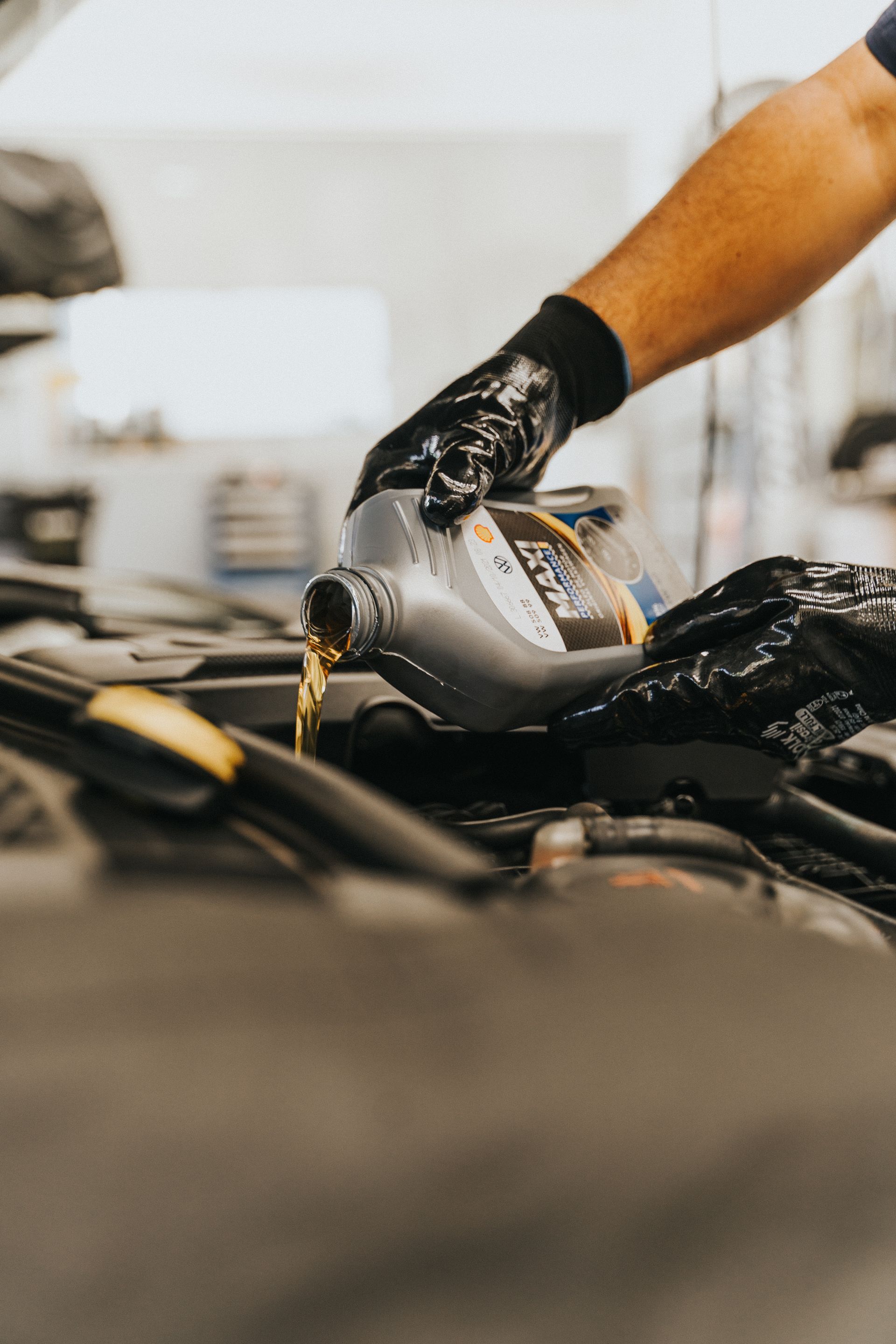
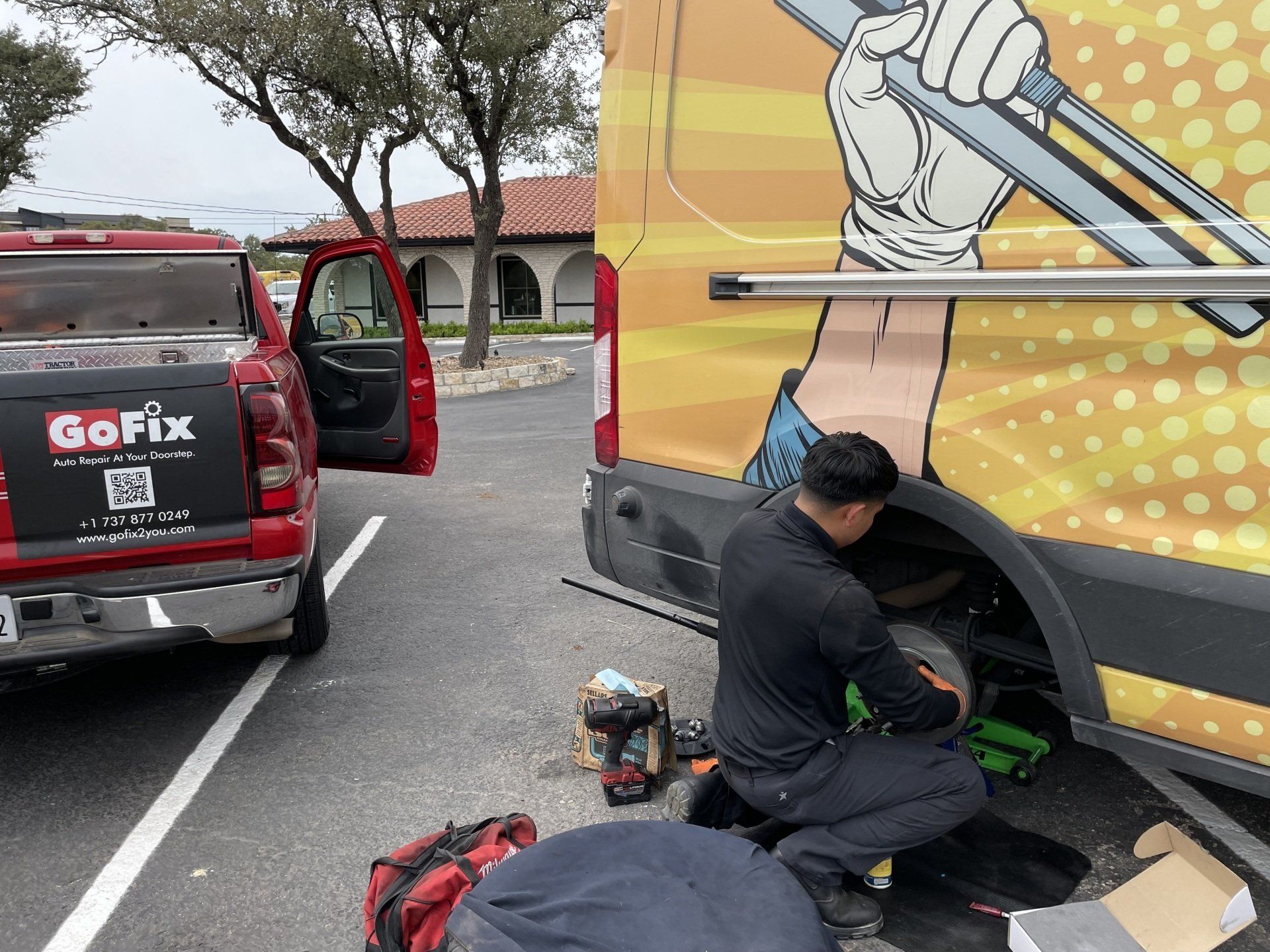
Contact Us
Phone: (866) GOFIX2U
Email: support@gofix2you.com
Helpful Links
All Rights Reserved | By KSZEN



